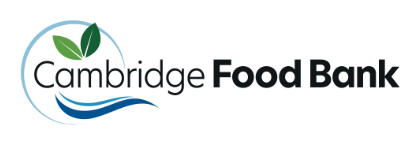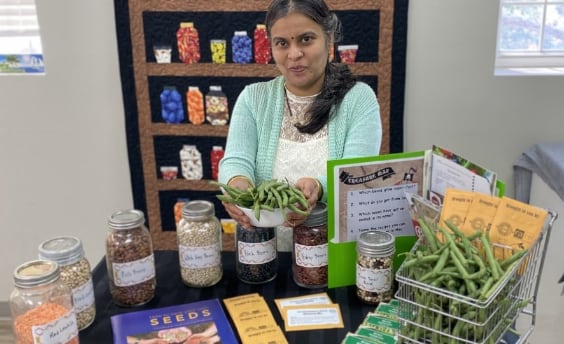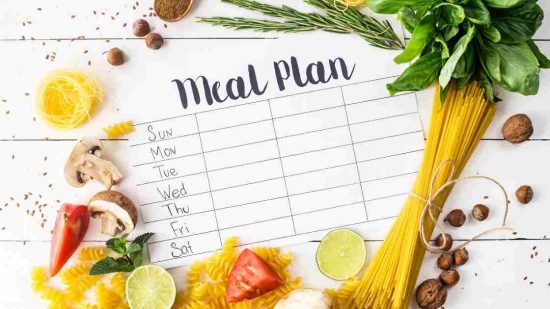Cambridge Food Bank Couldn’t Serve 21,000 Hampers from a Trunk of a Car
More than 37 years ago, offering food to those who needed it began out of the trunk of a car. Tom and Janet McEwan started helping to provide food to those who needed it from their vehicle at Dickson arena. “I’m not sure just how we got into all this and somehow, we did” says Janet McEwan. “It just started out that way with us helping and we just kept doing it. We were struggling a little bit ourselves at the time and this helped us out.”
Once Tom and Janet began helping their community, they kept on going and didn’t look back.
“We were on several committees. We’d start in the morning, and it would be late in the day before we’d get back home.” Being a part of the community and being able to help those in need helped Tom and Janet through their personal struggles. “It’s just something we did”
When shared with Janet just how many hampers are now served through the Cambridge Food Bank, she replies with “WOW and the problem is, it’s only going to get worse. I don’t even want to think about how much that is going to increase.”
Janet’s only regret is that she’s at a stage in her life that she can’t physically continue to help the food bank but she continues to advocate on behalf of people facing food insecurity, please help us share her message.
- “Continue telling people about the food bank and encourage them to visit or call if they need help.”
- “Take people to the food bank if they need help.”
- “Remove the stigma that it is only for the homeless. It is for anyone who needs it.”
- “Find ways to connect people with one another and with community. It’s important.”
Food Bank use in Ontario has increased by 42% since 2019, the need in Cambridge continues to grow and it takes an entire community to ensure that no one goes hungry.





